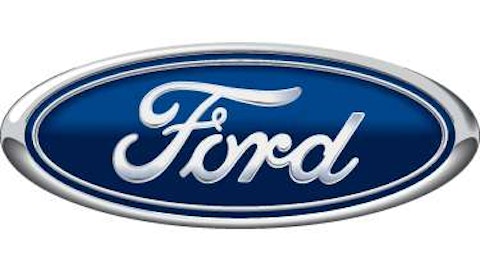If you listen to political pundits, watch many speeches by politicians, or even engage in the time-honored tradition of arguing with distant family members at Thanksgiving, you probably hear a lot of talk about how one policy-maker or another is “destroying the value of the dollar” and “debauching the currency.” Comparisons to Zimbabwe and the Weimar Republic are usually thrown around.

It seems intuitive that a strong dollar would be a good thing, but it may surprise you to learn that that isn’t necessarily true. The economics of exchange rates are very nuanced, but in some cases, a weak dollar can greatly benefit the American economy, while a strong dollar can put American businesses in a tough position.
Land of the falling yen
In December of last year, Japan elected a new prime minister, who has publicly advocated for intentionally weakening Japan’s currency. In the five years prior to his election, the yen had appreciated about 26% against the dollar, which meant that all the Japanese goods Americans import began to cost us more and more. But since his election, the yen has erased almost half those gains.
Suddenly, Japanese goods are cheaper for Americans. But the cost of goods inside Japan has remained largely the same. So, flipped around, this means Japanese manufacturers have three basic options.
1. They can produce the same product as before, at the same cost, and sell it in America at the same dollar price as before. Now that dollars are worth more yen, however, the Japanese manufacturer is able to earn a higher yen-based profit, without doing anything differently.
2. They can produce the same product as before, at the same cost, and sell it in America at a lower dollar price, using the higher exchange rate to keep profit margins the same as before.
3. The third option is create a better product that costs more to make, and sell it in America at the same price as before, again using the higher exchange rate to keep profit margins the same.
The latter two options allow the manufacturer to take market share from American competitors, either by waging a price war, or by offering costly extra features — either way challenges competitors to crush their profit margins to keep up.
The winners and the losers
As noted in a recent Businessweek article, the third option is what Toyota Motor Corporation (ADR) (NYSE:TM) is likely to do. This option is the subtlest of the three, as it allows the company to compete on quality instead of just price, making American rivals like General Motors Company (NYSE:GM) and Ford Motor Company (NYSE:F) look worse by comparison. According to Businessweek, Detroit automakers estimate that Toyota gains a $5,700 per-car advantage purely from the higher exchange rate.
